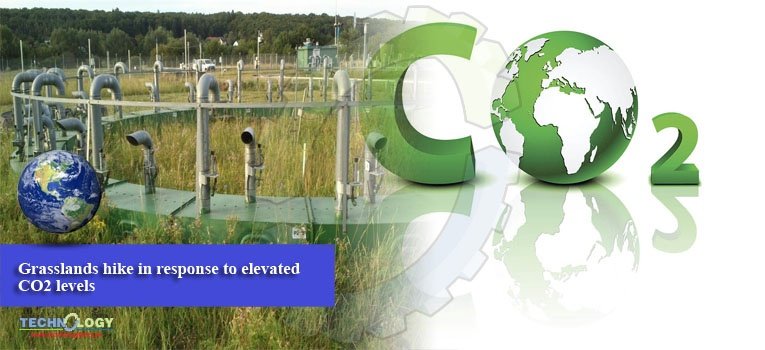Vegetation biomass on grasslands increases in response to elevated carbon dioxide CO2 levels, but less than expected. Vegetation on grasslands with a wet spring season has the greatest increase. This has been demonstrated in a new study.

An important, but uncertain, factor in climate research is the extent to which all ecosystems can accumulate carbon from the increasing atmospheric concentration of carbon dioxide.
Areas covered by grass and similar vegetation play a significant role in this context. Worldwide these areas cover 29 per cent of Earth’s ice-free land surface.
“These grasslands have great importance for carbon storage,” says Louise C. Andresen, a researcher at the University of Gothenburg and one of the researchers behind the new research study.
In the study the researchers examined how 19 different land areas that were exposed to varying amounts of precipitation in Australia, Germany, New Zealand, Switzerland, the United States, China and elsewhere reacted in field-experiments with elevated carbon dioxide concentrations.
“In general the response was an increase in plant growth of less than 10 per cent, but there were large variations.”
Spring rain affects plant growth
The results showed that it was easiest to predict how vegetation reacted to carbon dioxide during rainy periods. As the researchers expected, spring rain had a significant impact on the grasslands.
“Vegetation on grasslands with a very wet spring season increased most with elevated carbon dioxide concentration,” Andresen says.
In addition, biomass on land with a very dry low season increased more than on land with a wet low season.
“Elevated atmospheric carbon dioxide allows plants to save water,” Andresen adds. “We found that both the extra carbon dioxide and better water household helped plants in dry ecosystems too.”